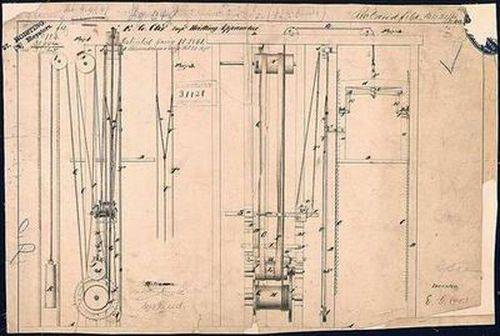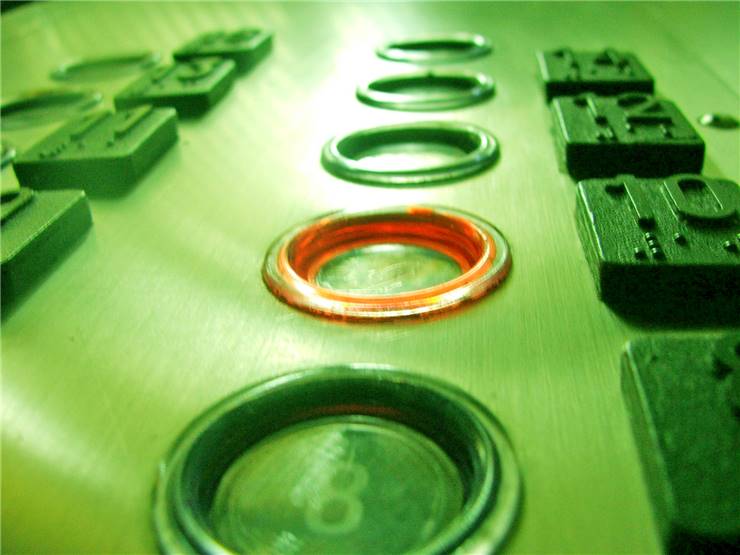The History of Elevators
Since the dawn of time humans sought the way for more efficient transport of goods and human passengers from one level of terrain to another. First written report of an elevator came in 1st century BC when roman architect Vitruvius mentioned that Greek mathematician and inventor Archimedes has built his first elevator around 235BC. Even before that there some suspicion that several ancient civilizations have used elevators. Archeologists have found shafts that could be used for elevator transport in several ancient ruins. Since 1st century BC elevators powered by human, animal and water power became widely used in Roman Empire, most famously at the Roman Colosseum where elevator platform transported gladiators and wild animals to the arena level.
During Middle Ages several mountain monasteries used small “basket” elevators to transport people and goods to their high and secluded walls. Those monasteries where built with no land access to them with elevator as the only point of entry. In 1793 Russian mechanic and inventor created first elevator that lifted its cabin using screw mechanisms. His elevators were installed in two Russian royal palaces Saint Petersburg and Moscow and thirty years later in London.
Revolution in elevator technology began with the invention of hydraulic and electricity. Hydraulic elevators were most commonly used to transport freight goods on small vertical distances. They operated on a principle that water pump increased the pressure of the main plunger which pushed freight compartment upwards. This solution was not practical for tall buildings and was soon replaced with rope-geared elevator with multiple pulleys in 1850 (invented by the Henry Waterman of New York).
Elevator design that is used today was first presented in 1852 with the discovery of the safety device that prevented cabin from falling if the main cable broke. Inventor of this device, Elisha Graves Otis, demonstrated such an elevator in New York Crystal Palace 1854’s exhibition of technical achievements. Few years later his elevator was installed in the first building in New York City.
Toward the end of 19th century several key discoveries regarding the use of electricity with elevators were made. German inventor Werner von Siemens built first electric elevator in 1880, and few years earlier J.W. Meaker patented a method for safe opening and closing of elevator doors.
Use of elevators over the centuries has greatly improved ways of transporting people and goods over vertical distances. Today in use are all types of elevators – pneumatic, cable-borne and hydraulic.
Many countries today have legal requirement for use of elevators in multi-story buildings.

